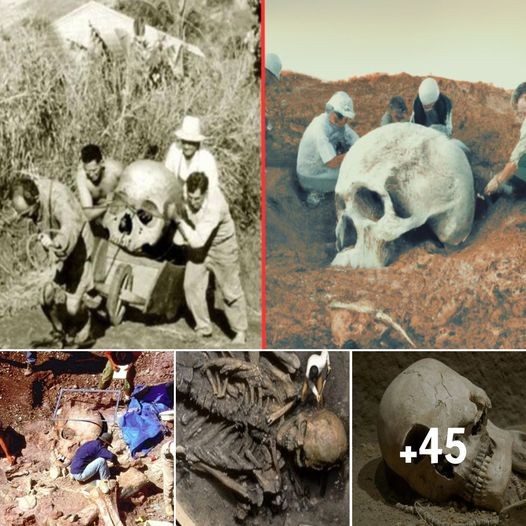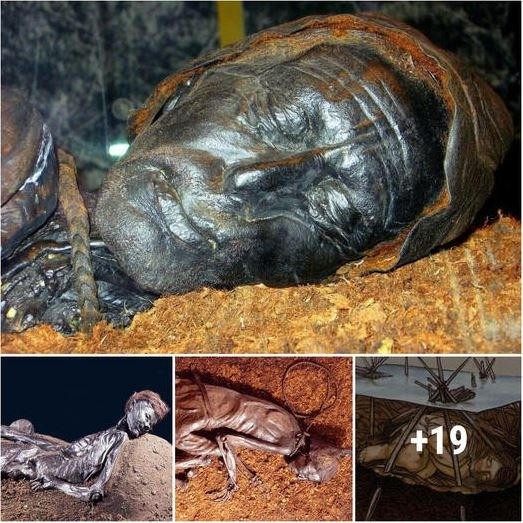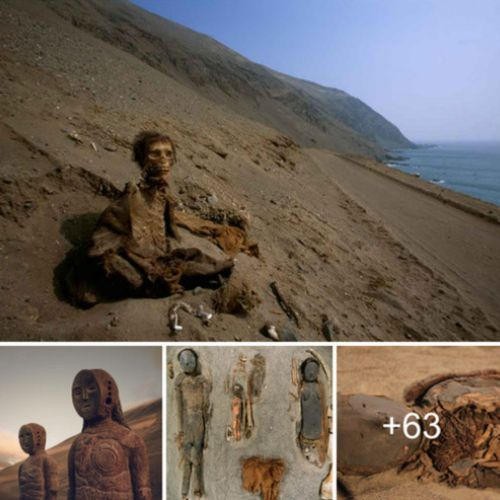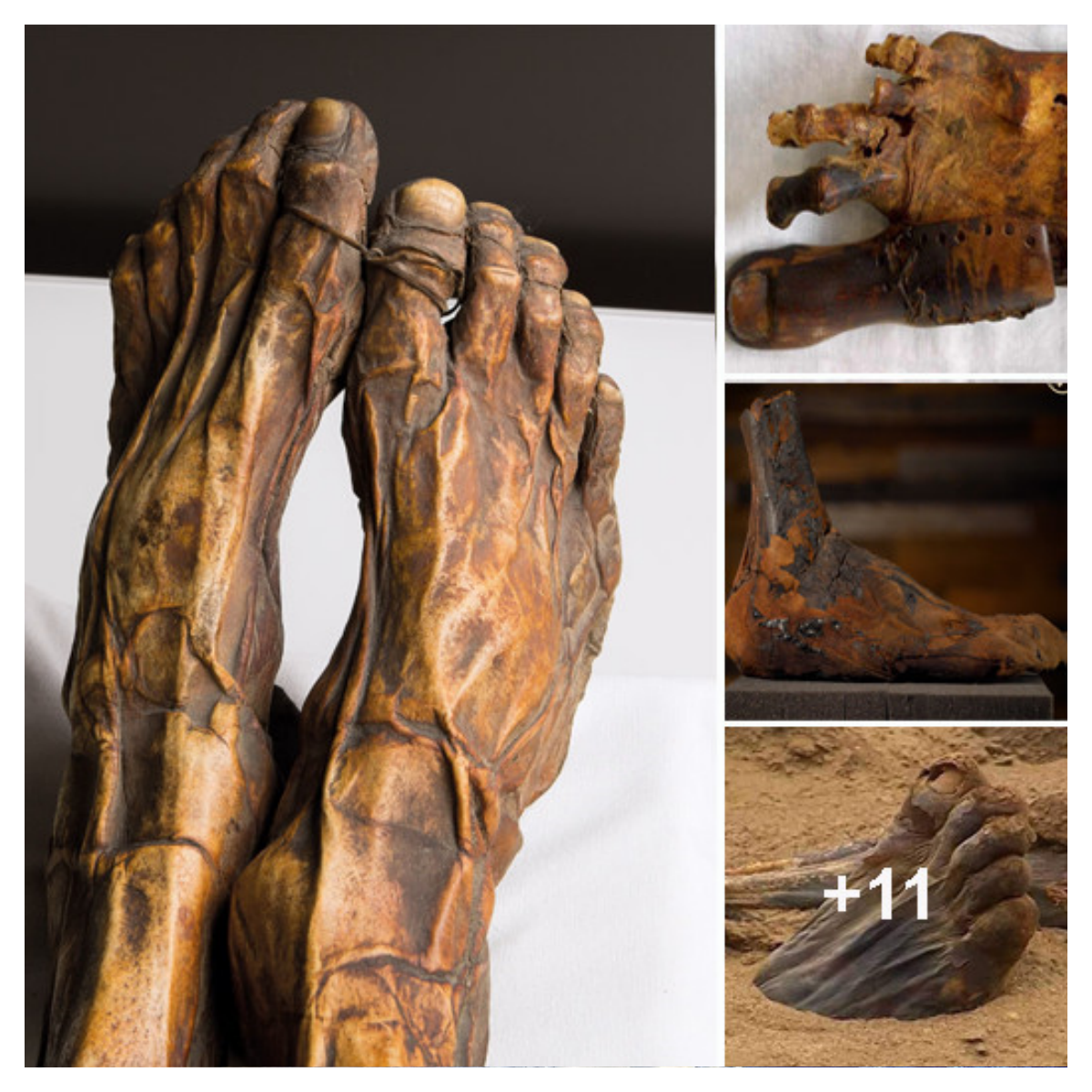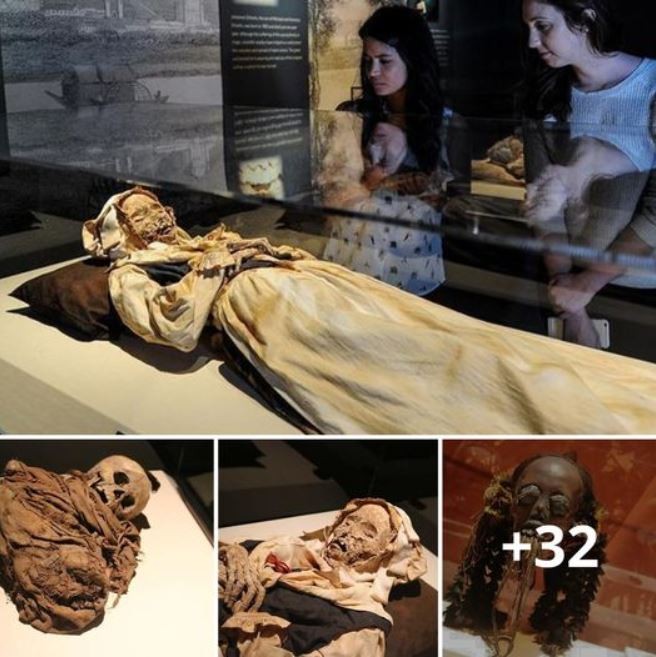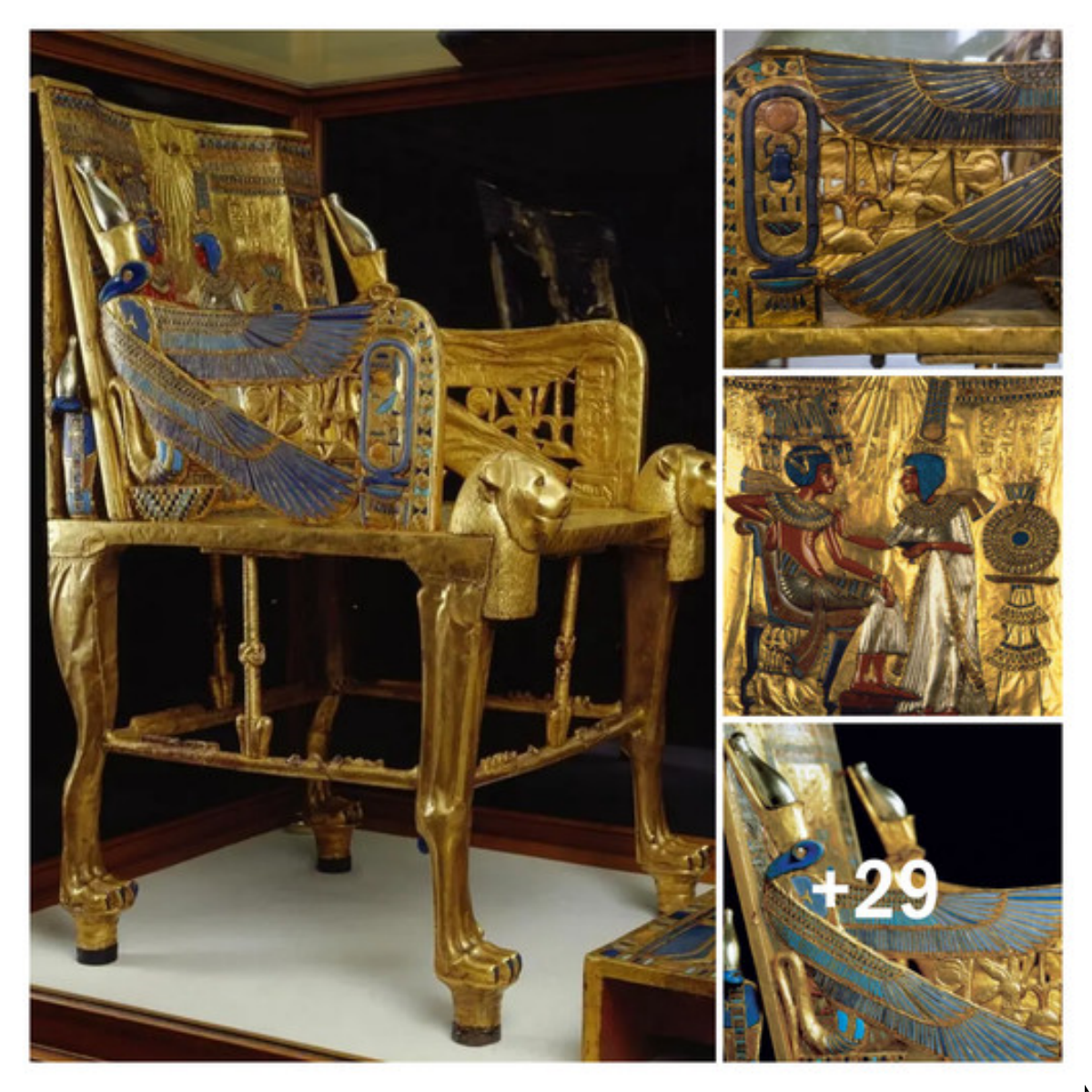
Archeologists have uncovered the remains of several ancient animals in Devon, England, during construction of a new town called Sherford.
The team discovered a tusk, molar tooth and other bones from a woolly mammoth; an incomplete skull and lower jaw of a woolly rhinoceros; a virtually complete wolf skeleton; and partial remains of hyena, horse, reindeer, mountain hare and red fox, per a Sherford statement. They also found various small mammal bones.
“To find such an array of artifacts untouched for so long is a rare and special occurrence,” says Rob Bourn, lead archeologist on the project and managing director of Orion Heritage in the statement. “Equally rare is the presence of complete or semi-complete individual animals.”
Archeologists estimate the megafauna date from 30,000 to 60,000 years ago, during the last Ice Age. At that time, ice sheets covered much of northern England, says Victoria Herridge, an expert in fossil elephants at the Natural History Museum (NHM) in London who was not involved with the discovery, in a museum statement.
“Devon then would have been a bitterly cold and dry place to be, even in summer,” she tells NHM. “However, it was also a huge open grᴀssland, capable of supporting vast herds of cold-tolerant animals like the woolly mammoth, the woolly rhino and reindeer, as well as the big carnivores like hyena and wolf that preyed upon them.”
It’s unknown whether all the bones at the site came from the same time period or whether they existed at different points over a longer time span. One theory is that some of the animals fell into a pit and perished, followed by carnivorous scavengers that also died, per Sherford. It’s also possible the animals died elsewhere and washed into the site over time.
Herridge says new discoveries like this can help scientists understand what the past world was like.
“This is vital knowledge,” she tells NHM. “Scientists are still unraveling what role climate and humans played in the extinction of the woolly mammoth and the woolly rhino – and what we can learn from that to protect species threatened by both today.”
The Sherford site might be the most significant discovery of its kind since the Joint Mitnor cave was found in Devon in 1938, says Danielle Schreve, a professor of quaternary science at Royal Holloway University of London who helped supervise the recovery work, to the Guardian’s Steven Morris.
Over 4,000 animal bones, including hyena, bison and elephants, have been excavated from the Joint Mitnor cave since the 1960s, per BBC News. In 2015, the cave was robbed, and the thieves stole a 100,000-year-old fossilized elephant’s tooth and other ancient bones.
The Sherford Consortium, which is responsible for the town’s development, will preserve the underground space where the remains were found, and they will not build on top of it, it says. However, the cave will not be open to the public, and the consortium plans to close the entrance.
The bones are now undergoing academic analysis, per the Sherford statement. They are expected to be returned to Devon and go to a museum a few miles from where they were uncovered.
“We are delighted that this important part of our history will be preserved for future generations,” Duncan Wilson, chief executive of Historic England, says in the statement. “To have found partial remains of such a range of species here in Devon gives us a brilliant insight into the animals which roamed around Ice Age Britain thousands of years ago, as well as a better understanding of the environment and climate at the time.”
